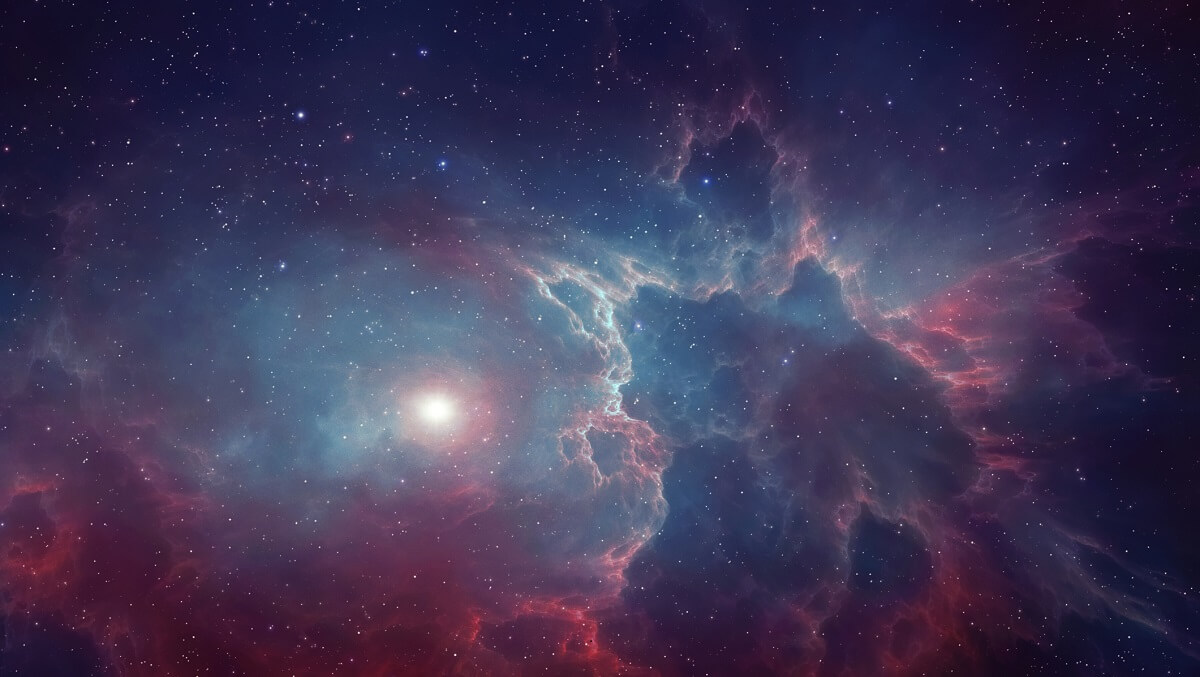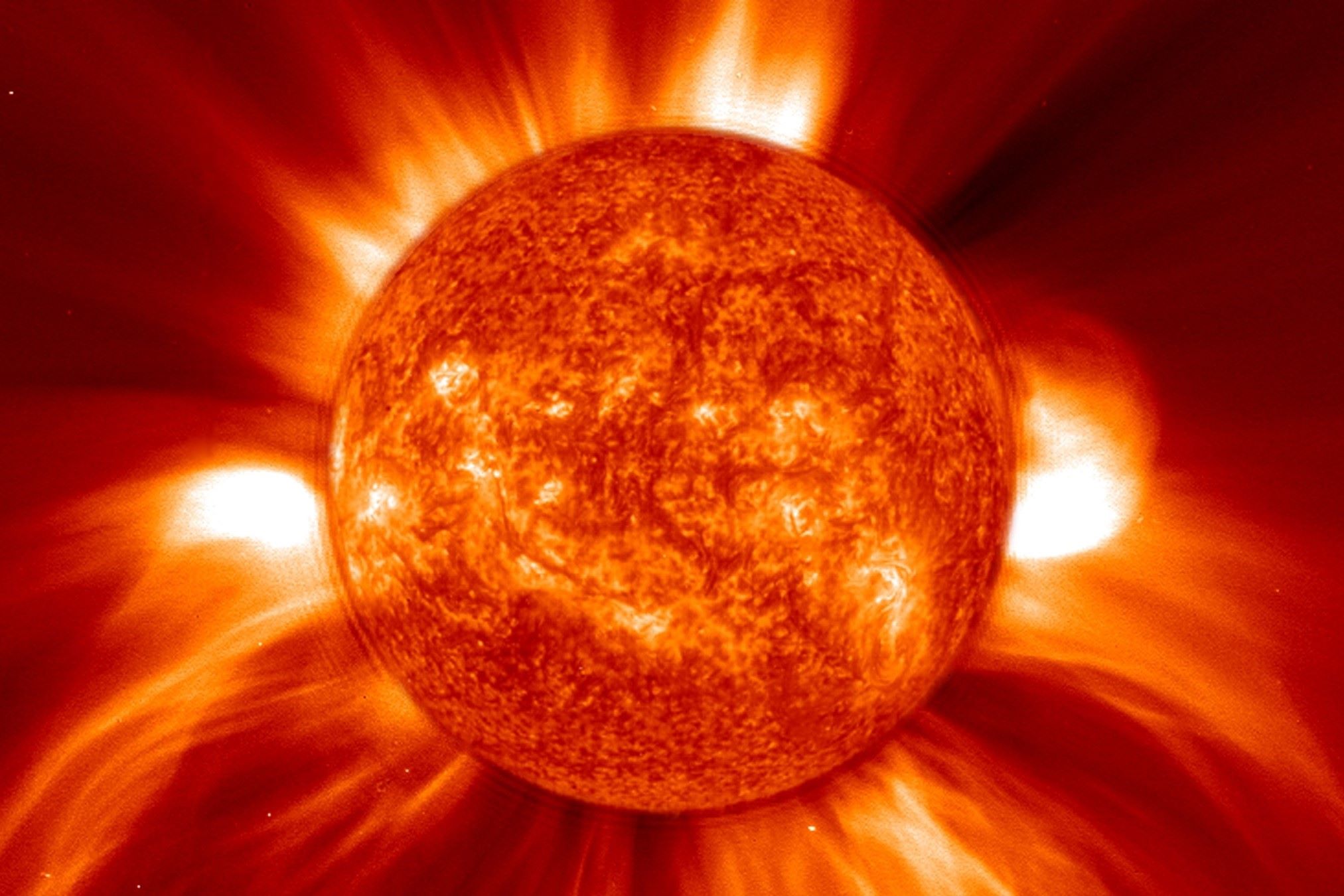
Cosmic dust, also known as interstellar dust, is a fascinating substance that has captivated astronomers and scientists for centuries. It may seem inconsequential or easy to overlook, but this cosmic debris plays a crucial role in the formation of stars and galaxies. In fact, cosmic dust is a vital component of the vast expanse of the Universe that surrounds us.
In this article, we will delve into the intriguing world of cosmic dust and uncover eight fascinating facts that will leave you in awe of its significance. From its origins in the explosive deaths of stars to its role in the creation of planets, we will explore the many facets of cosmic dust and how it shapes the cosmos we inhabit.
So, buckle up and prepare to embark on a cosmic journey as we uncover these captivating facts about cosmic dust!
Key Takeaways:
- Cosmic dust is everywhere in the universe, from the space between stars to galaxies, and it’s made up of tiny particles that play a big role in forming stars, planets, and even life itself.
- Cosmic dust contains organic matter and provides clues about the history of the universe, helping scientists understand how the universe has evolved over billions of years.
Cosmic Dust is Ubiquitous in the Universe
Cosmic dust, also known as space dust or interstellar dust, is found throughout the universe, filling the vast expanse between stars and galaxies. It consists of tiny particles made up of various materials such as rock, ice, and carbon compounds. These particles play a crucial role in the formation of stars, planets, and even life itself.
Cosmic Dust is Microscopic in Size
The particles of cosmic dust are incredibly small, ranging in size from a few molecules to particles as large as a grain of sand. They are so microscopic that they can easily be carried by solar winds and transported across vast distances in space.
Cosmic Dust is Responsible for the Formation of Planets
Cosmic dust plays a critical role in the process of planet formation. As these tiny particles collide and stick together, they eventually form larger objects called planetesimals. These planetesimals then continue to grow through accretion, eventually becoming fully-fledged planets.
Cosmic Dust Shines with its Own Light
When starlight interacts with cosmic dust, it can create a phenomenon known as “interstellar extinction” or “cosmic dust scattering.” This scattering of light is what gives cosmic dust its ethereal glow, and it allows astronomers to observe and study the dust-filled regions of the universe.
Cosmic Dust Contains Organic Matter
One of the most intriguing aspects of cosmic dust is its composition. It contains organic molecules, including complex carbon-based compounds. These organic materials are the building blocks of life and provide the necessary ingredients for the formation of planets and potentially even the emergence of life.
Cosmic Dust Plays a Role in Stellar Nurseries
Cosmic dust is incredibly abundant in regions called stellar nurseries, where new stars are born. As these young stars form, their intense radiation interacts with the surrounding dust, shaping it into intricate structures and triggering the formation of protoplanetary disks, which are essential for planetary system formation.
Cosmic Dust Can Travel Across the Galaxy
Due to cosmic dust’s microscopic size and its interaction with stellar winds, it can travel great distances across galaxies. This intergalactic dust migration contributes to the enrichment of galaxies with elements forged in the hearts of stars, shaping their chemical composition and evolution.
Cosmic Dust Provides Clues About the History of the Universe
By studying cosmic dust, scientists can gain valuable insights into the history of the universe. The analysis of interstellar dust samples allows researchers to determine its composition, age, and origin, providing valuable information about the processes that have shaped our universe over billions of years.
Conclusion
In conclusion, cosmic dust is much more than just a nuisance in space. It holds fascinating secrets about the universe and plays a crucial role in the formation of celestial bodies. From its composition to its impact on space exploration, cosmic dust remains an intriguing subject of study for scientists around the world.By delving into the mysteries of cosmic dust, researchers can gain valuable insights into the origins of our solar system and the countless galaxies beyond. Whether it’s uncovering the chemical makeup of dust particles or examining their role in the creation of stars and planets, the study of cosmic dust continues to push the boundaries of our understanding.As we continue to explore the depths of space, cosmic dust will remain a captivating and enigmatic presence. Its ubiquity and significance highlight the complex and interconnected nature of the universe we inhabit. The more we learn about cosmic dust, the more we realize how integral it is to unraveling the cosmic puzzle that surrounds us.Stay curious, for the wonders of cosmic dust are yet to be fully unveiled.
FAQs
Q: What is cosmic dust?
A: Cosmic dust refers to tiny particles that are spread throughout space, consisting of various elements and compounds.
Q: Where does cosmic dust come from?
A: Cosmic dust is primarily created through the remnants of supernovae explosions, as well as the breakdown of larger celestial bodies like comets and asteroids.
Q: How does cosmic dust affect space exploration?
A: Cosmic dust poses a challenge in space exploration as it can damage spacecraft and equipment, and its presence needs to be accounted for when planning missions.
Q: Can cosmic dust be harmful to humans?
A: Most cosmic dust is harmless to humans in small quantities. However, prolonged exposure to high levels of cosmic dust could potentially cause health issues.
Q: What can we learn from studying cosmic dust?
A: By studying cosmic dust, scientists can gain insights into the chemical composition of the universe, the formation of stars and planets, and even the origins of life itself.
Q: How is cosmic dust detected and analyzed?
A: Cosmic dust is often detected through the use of telescopes and space probes. Analyzing its composition involves techniques such as spectroscopy and laboratory analysis.
Q: Can cosmic dust provide clues about the early universe?
A: Yes, the study of cosmic dust can provide valuable information about the conditions and processes that existed in the early stages of the universe’s evolution.
Q: Will cosmic dust ever run out?
A: Cosmic dust is continuously being created and replenished in space, so it is unlikely to ever run out completely.
Cosmic dust's captivating properties and mysterious origins have piqued your curiosity. Want to learn more? Explore dust's role in the universe's evolution, unravel enigmatic facts about dust grains, or delve into surprising truths about planetary particles. Satisfy your cosmic cravings with these fascinating reads!
Was this page helpful?
Our commitment to delivering trustworthy and engaging content is at the heart of what we do. Each fact on our site is contributed by real users like you, bringing a wealth of diverse insights and information. To ensure the highest standards of accuracy and reliability, our dedicated editors meticulously review each submission. This process guarantees that the facts we share are not only fascinating but also credible. Trust in our commitment to quality and authenticity as you explore and learn with us.


